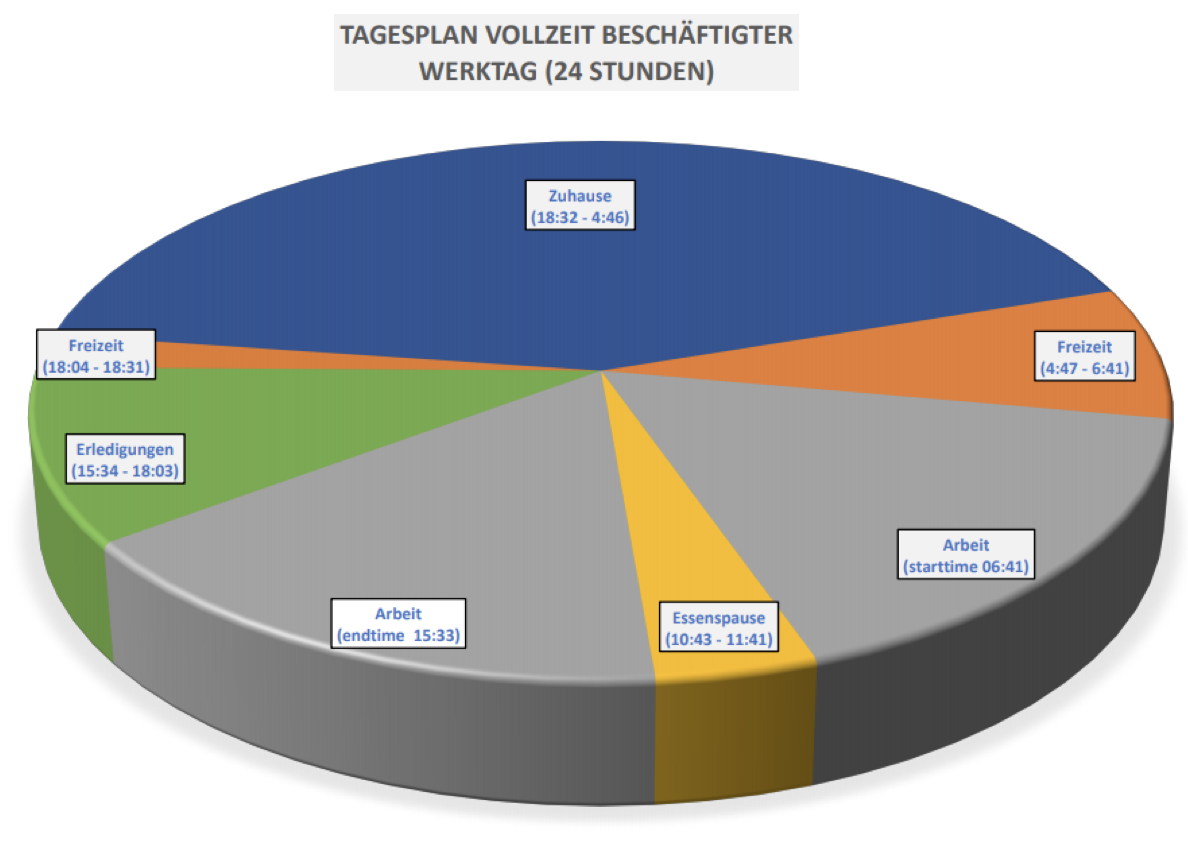Agents
SmartOpenHamburg uses agents to map mobility behaviour. The system offers different pre-defined types that can be used to investigate different scenarios. Existing types can be reused, and new classes can be defined.
The model includes the following agent types:
- MultiCapableAgent
- MultimodalAgent
- Pedestrian
- Citizen
- Traveler
- Driver
- Cyclist
- FerryDriver
- DockWorker
SmartOpenHamburg implements the following execution models. Further models such as endless drive, random drive exist or can be enforced by the user.
Source-Destination Model
This mode creates concrete Traveler agents that start from a source and move towards a target. On the way, travellers can use different available modalities to reach their destination.
A Traveler Agent is a specialization of the MultiCapableAgent (more about this type of agent can be found here)
Planning is done based on the destination concerning the static travel time of identified MultimodalRoutes. A multimodal route consists of several subroutes, each assigned to an individual modality.
The Traveler tries to obtain, use and return these modalities on the way.
Daily Schedule Model
This mode uses a generated daily schedule that is processed by concrete or derived Citizen agents. A daily schedule includes multiple entries of the following categories:
| Category | Description |
|---|---|
| Work | Describes a unit of work of the agent he is following. |
| Errands | Describes various non-work-specific types of tasks that do not involve free time. |
| Freetime | Describes blocks of time in which leisure activities are taken (this can also be at home). |
| Eat | Describes units in which utility services are consumed. |
| Home | Describes units to which agent is at home. |
Each category leads to different destinations via a service catalogue, using a point-of-interest layer. Citizens consume services there and move to the next destination depending on time.
The following table shows a schedule configuration for everything Citizen. Each cell specifies a probability, in how far the respective agent fills out the given category in his schedule within the defined period from and until, giving the lower and upper hour bound within the day:
| from | until | to_work | to_errands | to_freetime | to_eat | to_home |
|---|---|---|---|---|---|---|
| 5 | 8 | 60 | 4 | 3 | 9 | 2 |
| 8 | 10 | 19 | 19 | 10 | 18 | 5 |
| 10 | 13 | 8 | 28 | 20 | 23 | 19 |
| 13 | 16 | 7 | 25 | 27 | 23 | 24 |
| 16 | 19 | 2 | 19 | 27 | 20 | 32 |
| 19 | 22 | 1 | 4 | 11 | 6 | 13 |
| 22 | 5 | 3 | 1 | 2 | 1 | 5 |
The diary creates a dynamic history in the attached image.

For half-day or non-working agents, either the second work block after the lunch break or the complete work block is omitted.